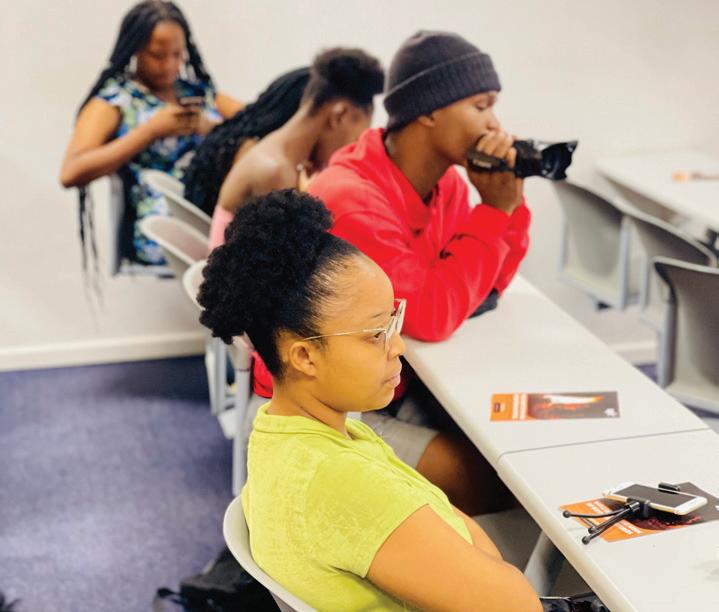
7 minute read
BOFINET IN PICTURES
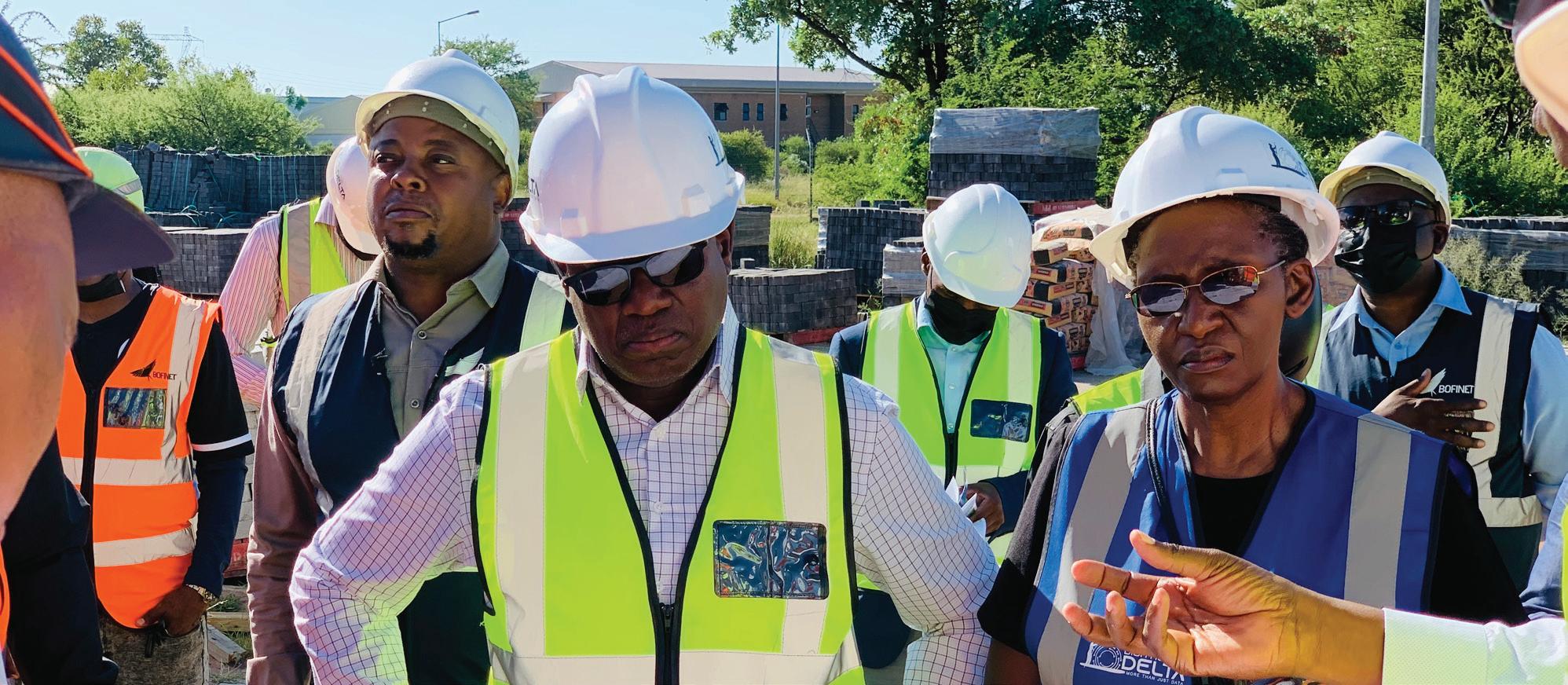
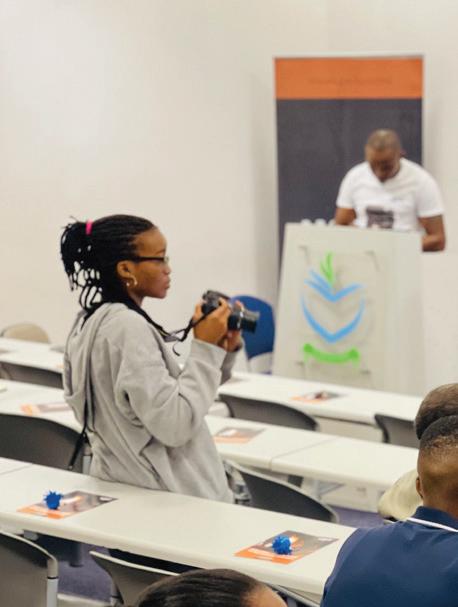
Advertisement
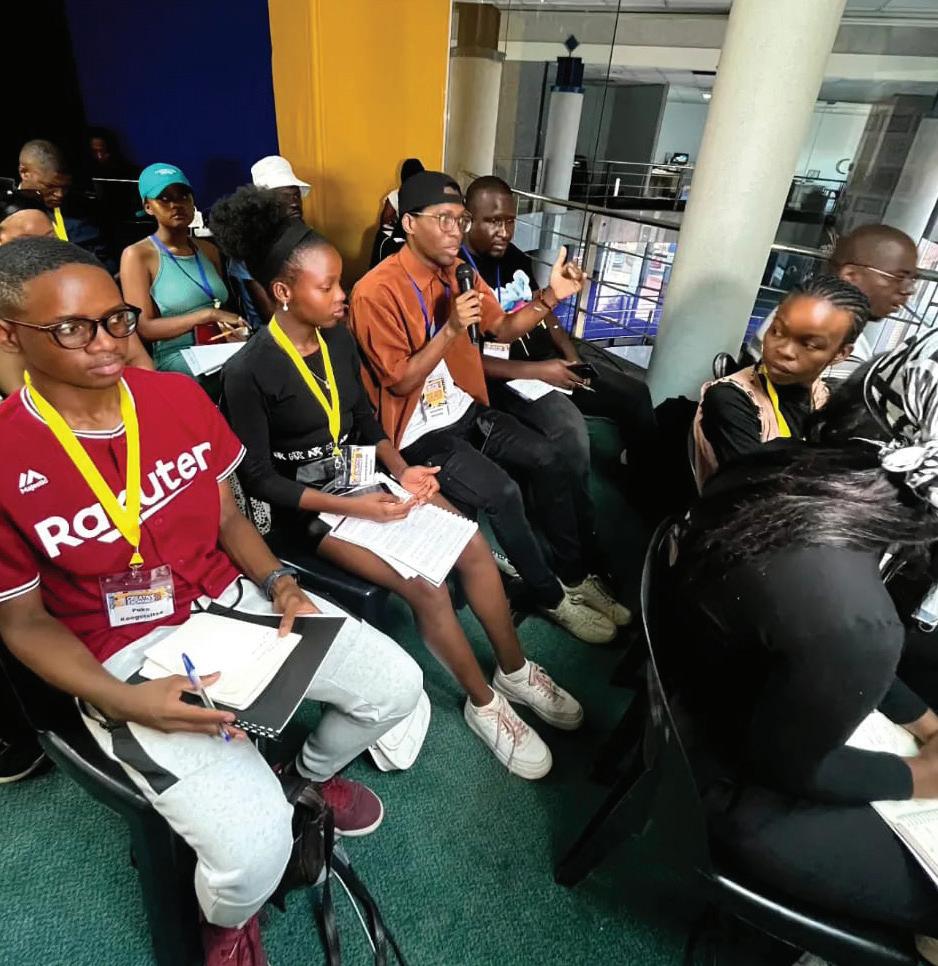
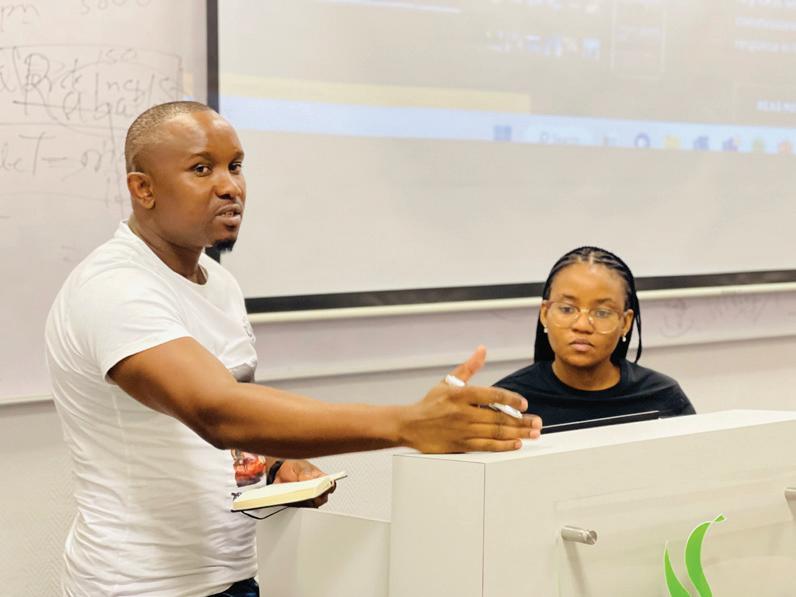
BoFiNet has embarked on a digital transformation journey. This is a journey that is core to BoFiNet’s five (5) year strategy, UNLEASH 2025 which aims at transferring knowledge to staff and ultimately preparing the company as a business that will be able to navigate future technological developments. It is an opportunity that places BoFiNet as the hallmark of digital advancement in Botswana, where various aspects of the national digital transformation strategy will be supported.
Honourable Peggy Serame, when presenting the 2023-24 budget proposal recently uttered that, “the country’s ambition to transition its economy is pinned on transformation”. BoFiNet as a leader in the telecommunications industry, has realised that technology is a central component of people’s lives and businesses.
The custodian of digital transformation at BoFiNet, the Digital Transformation Project Manager, Mr. Mokganedi Kgwaadira has been tasked with the challenging job of transforming BoFiNet digitally and ensuring that all operations work seamlessly with each other. The first step was to analyse core business processes to assess their maturity, and how well they can support digital transformation. After this, BoFiNet performed a digital maturity assessment, which was aimed at gauging how far the current digital status was from the world standards as well as prioritising activities to close the gap. The two (2) projects provided a clear picture of the company’s current digital status, and this gave birth to a two-year programme that was intended to jumpstart the transformation of BoFiNet into a digital service provider.
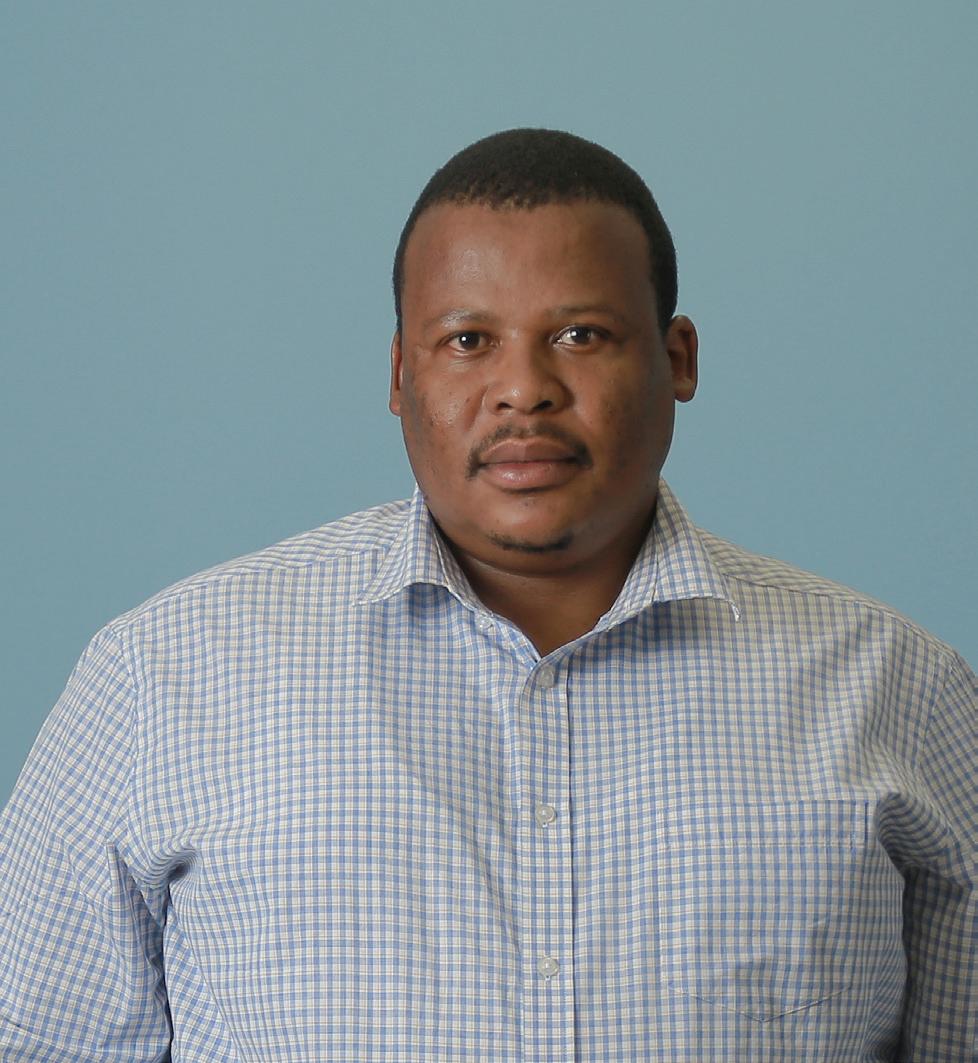
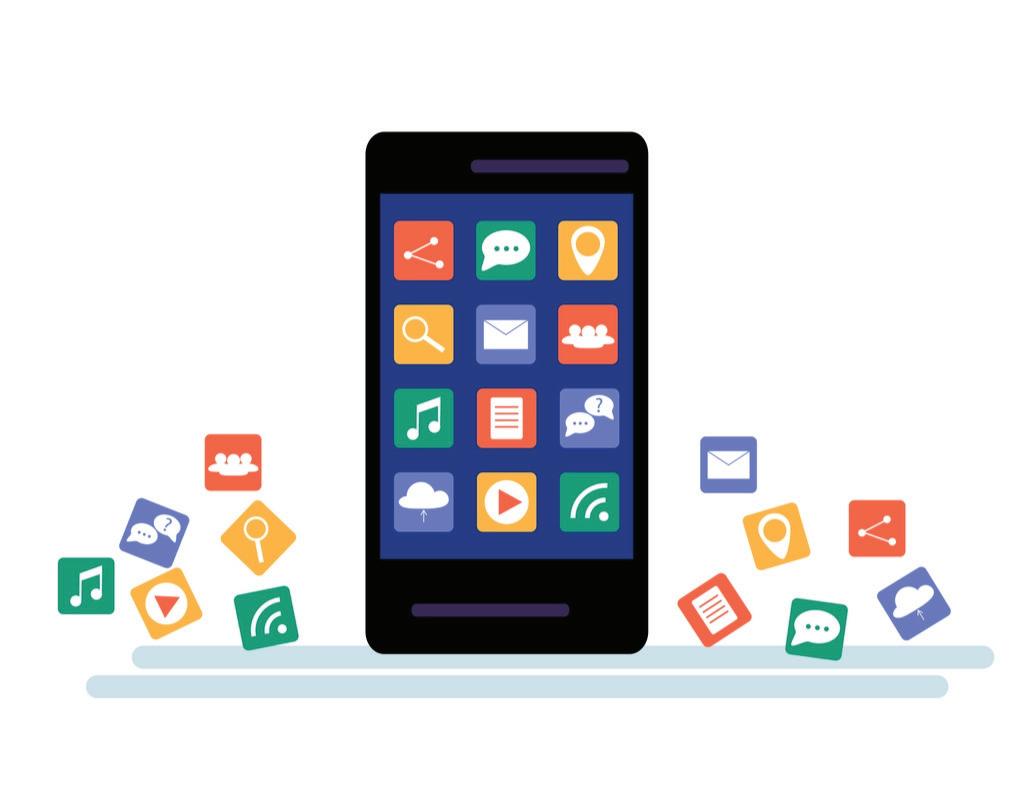
The initial step under these projects was to identify gaps and opportunities for tactical automation and strategic digital transformation across BoFiNet’s customer, strategy, technology, operations, culture data environments. This project assesses both “As Is” challenges, “To Be” goals and designs a plan to prioritise and implement the transformation effectively and efficiently.
The end goal is to provide BoFiNet with a self-reliant governance, skill sets, and digital transformation architecture that will enable the company to be agile and effective in evolving with business, technology, and market changes over time, as digital transformation has no “end state” but it is an ever-changing set of challenges and opportunities. BoFiNet employees are also contributing to the process through their proactive innovations aimed at simplifying operations. Many departments have been unveiling applications meant to simplify their processes and improve their service standards. These include Human Resources Recruitment App (https://recruitment.bofinet.co.bw) and 31 apps that are used by internal stakeholders.
Ms. Ivy Matlhogonolo Dikhudu is very passionate about Computer Networking. Her dream came true when she joined the telecommunication industry through BoFiNet on the 1st of April 2016 as an Assistant Technician.Her job was mainly to follow up customer enquiries starting from the survey stage until the customer order is dispatched and delivered.
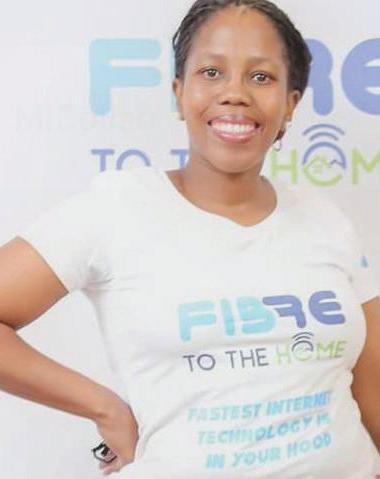
In 2019, she became a certified Telecomm Carrier Grade Revenue Assurance Professional (GRAPA). She recently graduated with a Master’s in Computing from Botho University. In 2018, Ivy received the BoFiNet Customer Centric Person award for two (2) consecutive quarters. In February 2020 when the Service delivery department was merged with Information Processing and Data Services department, she started learning more about transmission networks. In 2021 November, she was promoted to the position of Assistant Engineer.
Ms. Dikhudu thinks that it is good that she did not know how challenging the engineering field is, otherwise, she would not have started. She believes that everyone is capable regardless of gender, provided one learns and grows beyond self-doubt. “I now know that engineering is not gender based.” she said. She further touched on the cultural aspect, that women were allocated easy jobs, which are not that demanding and that men preferred challenging jobs. However, lifestyles have now changed, and women are now becoming experts in technology. “Gradually women are now bringing a distinct view to cybersecurity roles that complement men’s view. We are gradually closing the gap and becoming role models.” she highlighted.
Ivy believes that there is need to encourage and equip young girls with technical skills before they proceed to tertiary institutions, in order to bring more Batswana women into Information and Communication Technology (ICT). Robust awareness workshops and support are needed for women holding technical roles. She highlighted a few professional fields that are in the business of technology:
Network engineering, which involves, designing, implementing, monitoring and managing local and wide area networks of an organisation to ensure maximum uptime for users
Cybersecurity engineering, where there is planning, implementation, management, monitoring and upgrade of security measures for the protection of the organisation’s data, systems and networks
Technology planning engineering duties which usually include inspecting, installing equipment and new technologies
When encouraging young Batswana to succeed in the industry, Ms. Dikhudu explained that she believes in ensuring that the cyberspace basics, passion, and willingness to learn are needed. She also added that commitment and curiosity are also key because the nature of the job sometimes requires long working hours, and one should be ready to go an extra mile. In closing, she said, “You are capable, just be ready to learn. Be part of the team to transform the ICT landscape of this country. Be in sync with technology evolution and stay conversant.”
Ms. Charity Kgomotso is a Senior Assistant Access Planning Engineer with a degree in Construction Engineering and Management, a Masters of Science (MSc) in Project Management and a number of short courses through Coursera and Alison. She is currently pursuing an Advanced Diploma in Industrial Data Communication, Networking, and Information Technology with the Engineering Institute of Technology (EIT).
She joined BoFiNet in September 2015 under the Facilities department and later moved to Implementation as an Assistant Implementation Engineer where she dealt with outside plant engineering. Her focus was on overseeing outside plant construction and fibre installation projects to end customers. This entails managing schedule and subcontractors to client and internal requirements.

Ms. Kgomotso’s current responsibilities include designing new network infrastructure to complete customer contracts, network rebuilds to include laterals and backbone infrastructure, performing and conducting surveys and field studies, creating civil/cabling packs for contractors and in-house project supervisors and project coordination.
Outside of work, Charity loves to get her hands dirty in construction and baking.
Doing what has always been deemed as men’s duties or tasks, has always been her driving factor. She grew up believing that women are capable of being good and even better engineers than men. When she was asked what two (2) things she knows now that she wishes she knew at the start of her career, Charity boldly stated that learning is life long and urged employees whose jobs pay them to learn, to use those opportunities. “It doesn’t count as a break if you are still thinking about work.” she highlighted.
Ms. Kgomotso believes that ICT should be included in the early school curriculum, such that kids will be taught coding, telecommunications e.t.c at a tender age. We cannot expect to have ‘a Mark Zuckerberg’ from the Setswana curriculum that is taught at our primary schools. Her feeling is that it would be better if we could engage young minds and have them learn what the tech world has to offer and by the time they reach their teens they would be ready to do the jobs we are doing now in our 30s and even older.
Ms. Charity has stated that there are so many professions in the tech industry, software engineers, power distributors, customer support staff, installers, product managers, design developers, power reactor operator, sales and marketing, information and broadcasting, research, and development, just to name a few. She further explained that the technology industry is very huge and ever- changing. New products and challenges arise every day and one needs to come up with solutions. “One minute this is the in thing, tomorrow there is a new toy in the market. You need to be able to keep up, learn and understand what could be of benefit.
In conclusion, Charity urged young girls who wish to join the techies, to come through and make themselves indispensable, as there is plenty of room for them. “Don’t be afraid to challenge yourself and do not limit yourself to this country. There is a lot to learn out there; China is more advanced than Botswana. Go to China and be the one that brings new technology to Botswana.” She said.
FIBRE TO THE HOME FREQUENTLY ASKED QUESTIONS (FTTH)
What is Fibre- To- The Home (FTTH)?
Fibre- to- the- Home (FTTH) is a product that offers residential customers access to high-speed broadband internet connectivity, using optic fibre.
What does FTTH enable a user to do?
As a customer, FTTH enables you to browse the internet, upload and download files or stream content using a high-speed connection.
What are the benefits of FTTH?
Fibre-To-The-Home provides higher bandwidth offering a more stable connection to consumers as compared to copper and wireless, thereby enabling more robust video, internet, and voice services.
- Working and learning from home becomes easier and more productive.
- Church services that are held online become easier.
- You can build your smart home on this network, for example being able to switch off your lights from work, etc.
- It offers customers better data security.
Where Is FTTH available?
It is available in Kgale View, Maruapula, Partial, Tsholofelo East & west, Block 5, 6, 7, 8, 9, 10. Village, Extension 3, 5, 9, 11, & 39, Phakalane, Extension 25 & 27, Broadhurst Extension 33 & 40, and Gaborone West Phase 1 & Phase 2.
What do I need to do to get connected to FTTH?
Residents in these areas can talk to their preferred Internet Service Providers to migrate them from copper, ADSL and wireless to fibre as it offers these great benefits. There are 3 parties involved in this FTTH process:
BoFiNet: We build the infrastructure and then announce which areas are ready.
Resident: Upon hearing that their location has FTTH, the residents will then contact their preferred service provider for internet connectivity via fibre.
Service Provider: Connects the residents to the fibre.
To view a full list of our service providers, visit our website; https://www.bofinet. co.bw/isp_list.php


